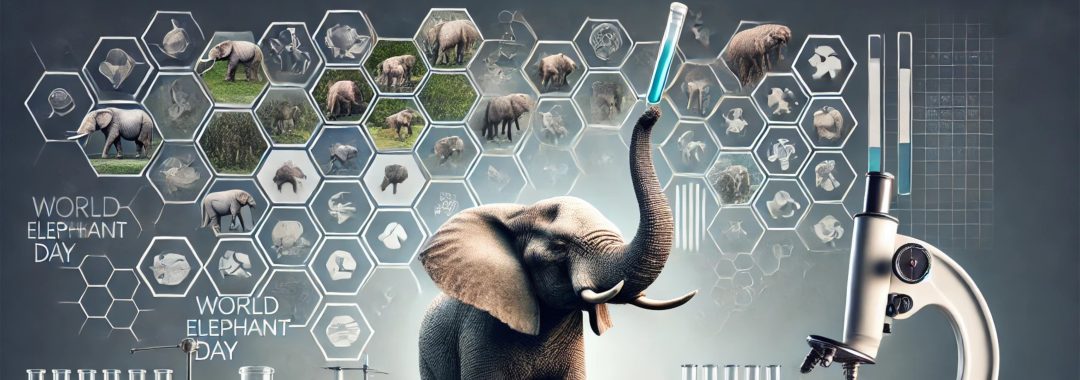Both the African elephant (Loxodonta africana) and the Asian elephant (Elephas maximus) are endangered species. They play an important role in the ecosystem and hold cultural significance in many countries. However, they are also victims of poaching and the ivory trade. In addition, they are being displaced from their natural habitats by human activities - transportation infrastructures, uncontrolled agricultural expansion associated with deforestation or livestock farming. This is why World Elephant Day has been observed on 12 August every year since 2012. This tradition was established by the Thai Elephant Reintroduction Foundation.
Zoological gardens in the Czech Republic – in Dvůr Králové, Liberec, Ostrava, Prague, Ústí nad Labem, and Zlín – are actively participating in elephant conservation efforts. An important aspect of breeding involves the exchange of animals between facilities. This practice helps to promote breeding and reduce the risk of inbreeding, and to ensure the age and sex composition of animal groups closely resembles their natural arrangement.
International trade in elephants is regulated by CITES – the Convention on International Trade in Endangered Species of Wild Fauna and Flora. Agreements regarding the movement of animals include a certificate of animal health. One of the diseases monitored is infection with the bacterium Mycobacterium tuberculosis, the causative agent of tuberculosis, a chronic disease that, in the vast majority of cases, occurs without the development of clinical signs but poses a risk of spreading to other animals or even to caretakers.
Diagnosis of this disease is difficult, as the bacterium is not typically excreted from the body under normal circumstances. Therefore, approaches that rely on indirect evidence of infection are preferred. Bacteria in the body induce an immune response, which can be demonstrated by means of interferon-gamma. Interferons help the immune system in combating infections and various other diseases, including cancer. The laboratory test employed is known as an interferon-gamma release assay, or simply an interferon test. The method is based on stimulating a blood sample with a specific antigen, and then measuring the amount of interferon produced. It is a functional test, and so the blood sample cannot be stored; stimulation must be performed as soon as possible. Given the VRI staff's experience with this test, they were contacted by colleagues from the Ostrava Zoo for technical assistance. To identify the interferon produced, a species-specific kit is required. However, this is not commercially available for elephants, so the supernatant samples will be sent to colleagues at the University of Utrecht in the Netherlands to complete the test.
We hope that this effort will enable the VRI staff to contribute to the conservation of these majestic animals.


